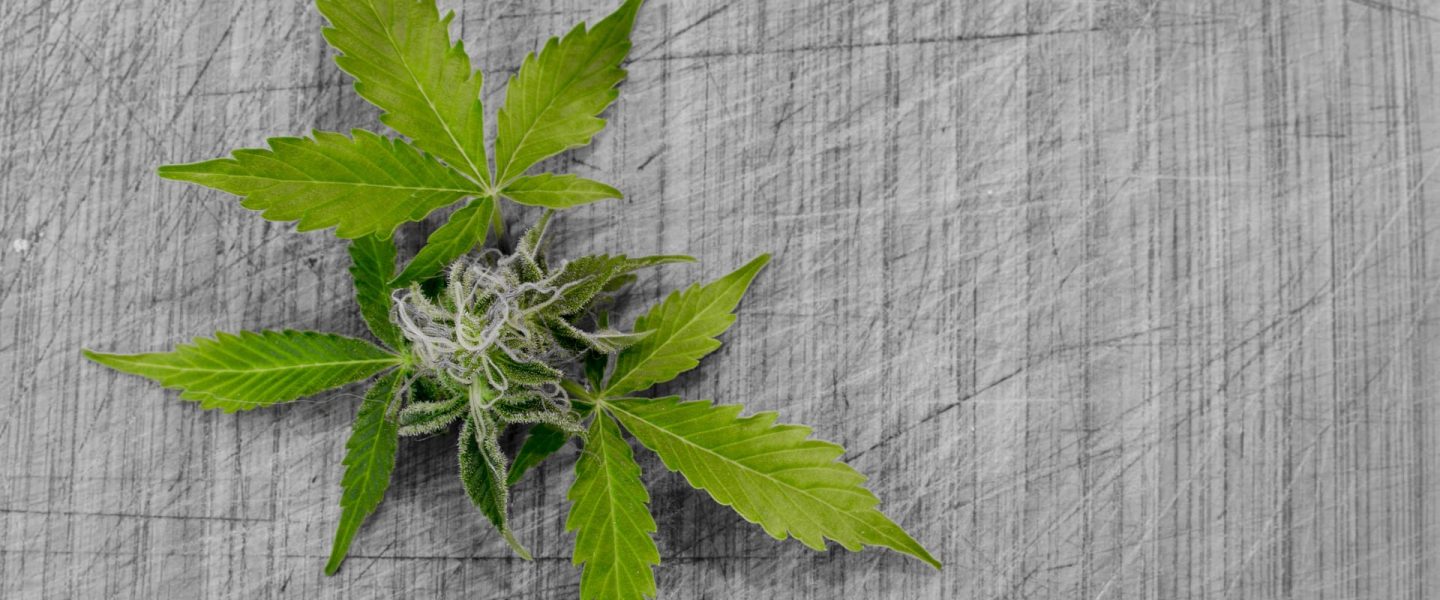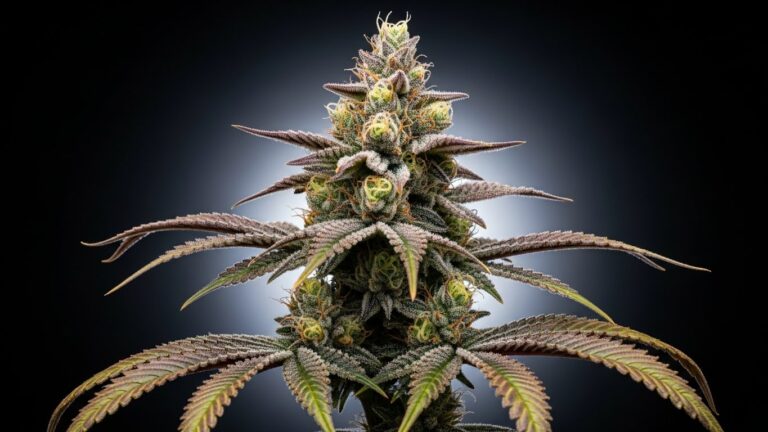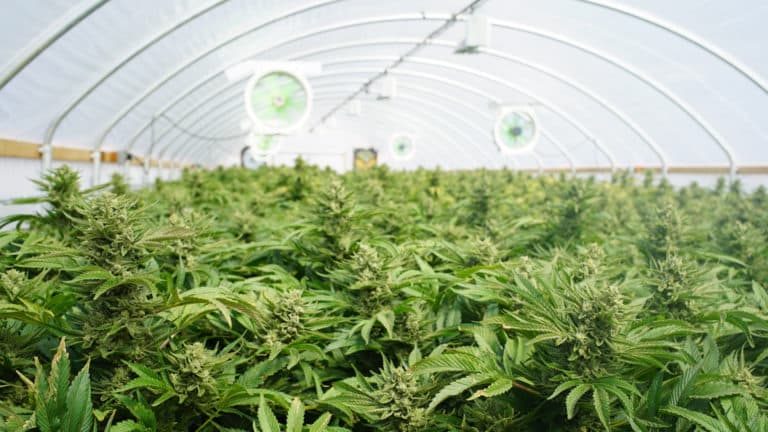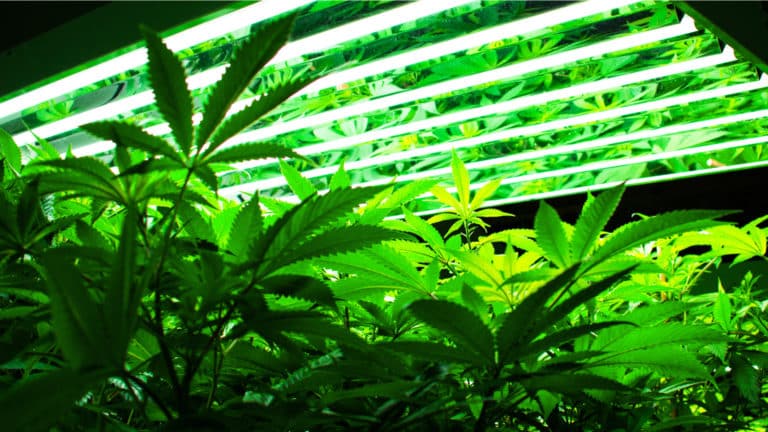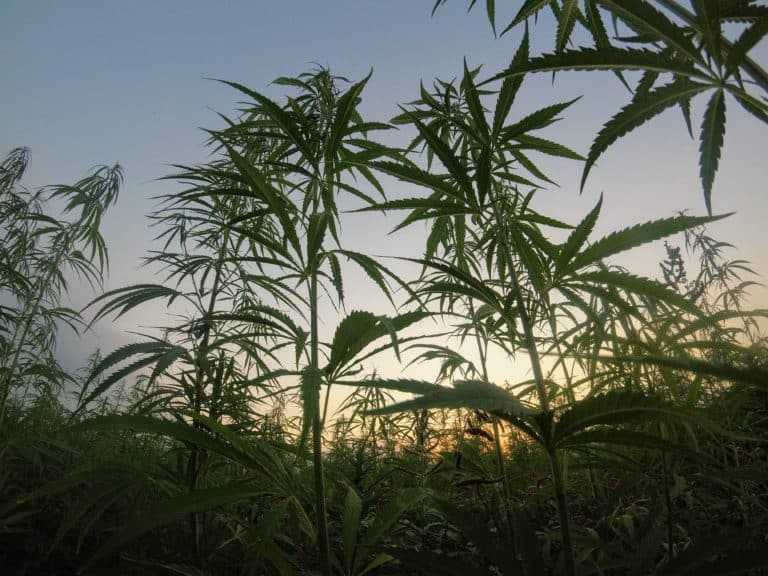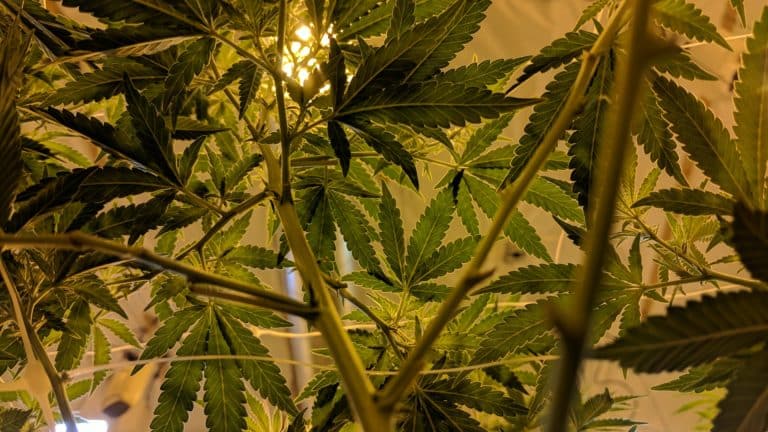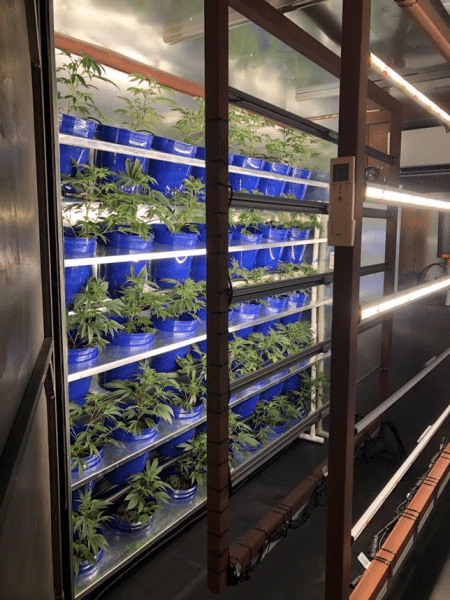
As the cannabis industry continues to rapidly evolve, it may seem difficult to implement a strategy that incorporates solutions for potential problems down the road ahead. As the CEO of GrowLife, one of the nation’s most recognized indoor cultivation product and service providers, it is my duty to stay on top of industry trends. It became apparent a few years ago that the issue of an oversupply of cannabis was looming on the horizon. And that’s why we created GrowLife Innovations, a special division of the company that is responsible for product innovation, R&D and design in order to help cultivators stay competitive in their respective markets while continuing to produce high quality products.
Today, oversupply in the market is no longer just a prediction – it’s a reality:
The leading State of Colorado is experiencing premium flower sales under $800 per pound and in Oregon, wholesale prices for trim and outdoor-grown marijuana flower sold to processors for oil have dropped to as low as $50 a pound. According to one industry insider, prices have undergone at least a 50% annualized drop over the past two years — all because of a massive product surplus.
Wholesale cannabis prices are also crashing nationally across the U.S. The national average price for a pound of cannabis was about $1,789 in 2016, but had fallen to $1,562 by the end of 2017.
Nevertheless, I am confident that with the right education and cultivation supplies, anyone can still be a successful, profitable grower.
Here are seven of my best tips for having the most efficient grow possible:
1.Go Vertical
With growers entering the market at an alarming rate and urban grow operations becoming increasingly common, utilizing a space to its full capacity is essential. Stacking increases plant yield for the space provided, making the grower’s rent ‘worth it’ by reducing cost. My own company recently found that with our proprietary vertical grow system, it is possible to fit 70 plants in a space that would normally only be able to fit 15! Transitioning to a vertical system can save you space and money.
2.Use an Enclosed Grow Space to Avoid Environmental Risks
Most cannabis cultivators already understand that growing in an controlled environment is essential, but few understand just how easy it is for dangerous bacteria to find a home in your grow space. That is why it is important to have inorganic, properly-sealed grow spaces to ensure plants are protected from environmental conditions such as heat, dryness and unwanted bacterial growth or infestation.
3.Invest in the Proper Heat-Absorbing Flooring to Reduce Energy Costs
Much of the wasted energy from grow operations is a result of AC and fans – lighting fixtures heat up the grow room, and if you’re growing in a warm climate, the cost of AC is out of most growers’ budgets. Using heat-absorbing flooring not only keeps temperature down, but it also seals off access for unwelcome pests and can reduce cultivator’s overhead spend. I highly recommend FreeFit® Floors and wall tiles which are extremely heat absorbent, resulting in over 70% electricity savings.
4.Plan Ahead With a Scalable Grow
Growers need to be flexible and ready to expand their cultivation depending on funding and market conditions. Using a vertical growing system is one great way to expand, but often the cost to assemble and install a system can be overwhelming. GrowLife’s own proprietary vertical growing system is designed to allow cultivators to stack growing cubes and expand their operations as needed.
5.Use Data-Driven Results to Implement Best Practices
Growers everywhere are implementing data-driven systems to increase efficiency and predict problems before they happen. These systems use sensors to send a continuous feed of data to an app on the grower’s tablet, for instance. Monitoring a live feed of plant data electronically allows growers to determine and implement the best possible environmental conditions for a maximized grow. As these systems become more advanced, they will be self-regulating and change environmental conditions in real time as they pick up on the plants’ needs. GrowLife is currently in the developmental stages of creating our own app to use along with our cubical growing technology.
6.Manipulate Your Light Cycle
Growing indoors means you can adjust lighting to meet your needs. When growing outside, plants don’t begin to flower until the days shorten and the temperature cools. You can trick your plants into thinking it’s winter by reducing their daily exposure to light to harvest sooner. Using data to determine the ideal time to adjust the lighting will allow a quicker turnaround for your crop and support additional harvests each year.
7.Go Hydroponic
The hydroponic farming method has been around since the Babylonians, and when used in a vertical grow setting, can improve the quality and yield of the crop and save you money. Hydroponic and vertical growing methods go hand in hand because hydroponic systems weigh up to 30% less than traditional soil models, meaning they cost less to support structurally. Also, hydroponics use less than 5% of outdoor grows. Avoiding soil also means avoiding the expensive pesticides and the pests themselves which can lie waiting in the soil and end up destroying an entire crop. Avoid trouble, plan ahead and think about implementing a hydroponic growing system if you haven’t already.
Being a cannabis cultivator is fun and exciting, but it comes with its fair share of risks. Don’t let your plants get you down; instead, get your overhead down by implementing some of these techniques and stay focused on the quality of grow.
Author Bio:Marco Hegyi, CEO ofGrowLife, Inc., brings extensive technology experience and a history of growing operations to the company. Through GrowLife’s Innovation division, Marco is focused on bringing a revolutionary vertical grow room system to market with the aim of energy and cost reduction for growers. This proprietary vertical grow room system is currently undergoing a Proof-of-Concept (POC) study in Colorado. Marco has performed several executive roles including President & CEO of private and public companies, vice-president of sales and marketing, senior director of product management, and began as a systems and real-time software engineer. He has led early-stage companies, grown small to mid-size technology companies, and set industry standards at market-leading corporations. He has also managed global programs and initiatives at Microsoft and Yahoo, and is the inventor of several patents.

